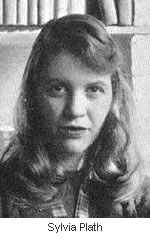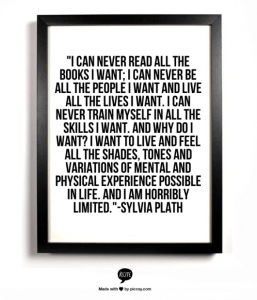“Of course you’re looking for emotional effect, but at other points in the story you’ll be looking for plot and facts , which means asking slightly dry questions – where they are, what they’re doing, who they’re waiting for etc. Those things are key to the highs and lows of the story.”
“One of the strengths of verbatim is the sort of rich text you just couldn’t make up.”
“You have to be quite upfront from the beginning. Even if you don’t know where your project will end up – if it’ll even get used.”
“Some people have both [of the] things you’re looking for: interesting characters and the potential to be developed narratively. Some people are brilliant, likable and accessible straight away, but they might not have much forward story; all their best stories have already happened to them. The best verbatim theatre is as much present tense as possible – it’s about capturing things as they happen.”
Alecky Blythe’s interview has provided me with an insight into the affects of verbatim theatre. I feel that verbatim recounts the words of real life people in interviews and conversations in a very intimate way. My intention as the performer is to create material which attempts to convey a particular story or message, and in the case of my performance a very serious message.
Month: March 2016
Performance ideas
Woolf
Virginia Woolf
 Poor Virginia Woolf seemed doomed from the start. She suffered a nervous breakdown when her mother died when Virginia was just 13. Her father died just nine years later, causing another breakdown which resulted in a brief period of institutionalization. She and her sister were subjected to sexual abuse by their half brothers, which certainly did not help her state of mind.
Poor Virginia Woolf seemed doomed from the start. She suffered a nervous breakdown when her mother died when Virginia was just 13. Her father died just nine years later, causing another breakdown which resulted in a brief period of institutionalization. She and her sister were subjected to sexual abuse by their half brothers, which certainly did not help her state of mind.
On March 28, 1941, Virginia decided she had had enough, loaded up her pockets with heavy rocks and walked into the River Ouse near her home. Judging by her symptoms and behavior, modern-day doctors think she probably suffered from bipolar disorder.
Plath
Sylvia Plath
 It makes sense to start with the theory’s namesake, I think. For those of you who haven’t read The Bell Jar, it’s a thinly disguised autobiography about one girl’s spiral into depression including suicide attempts, hospital stays and shock treatment therapy.
It makes sense to start with the theory’s namesake, I think. For those of you who haven’t read The Bell Jar, it’s a thinly disguised autobiography about one girl’s spiral into depression including suicide attempts, hospital stays and shock treatment therapy.
The bell jar is used as a metaphor for the feeling the main character has when she’s going through her depression – she feels like she’s trapped under a bell jar, stifled and numb. Sylvia predicted her own future when she wrote from the perspective of her protagonist – “How did I know that someday – at college, in Europe, somewhere, anywhere – the bell jar, with its stifling distortions, wouldn’t descend again?”
Despite marriage, children, a successful career as a poet and a promising one as a novelist, Sylvia’s own bell jar did descend again. On February 11, 1963, she killed herself by putting her head in the oven with the gas on.
